Elio Motors: NHTSA Proposal to Regulate Three-wheelers as Cars 'Would Not Apply'

My late father told me that few people are as passionate as converts who’ve become disaffected. Some of the most vocal critics of the Elio Motors startup are former supporters, people who put down money on reservations, only to be disappointed by repeated delays in starting production.
Paul Elio most recently said production is slated to begin sometime late this year — that is if they can get the money to do it.
However, those disaffected folks were abuzz this week over a post at Green Car Congress that said a proposed rule change by the National Highway Traffic Safety Administration would classify three-wheeled vehicles as automobiles. That would require Elio Motors’ three-wheeler to comply with all the same Federal Motor Vehicle Safety Standards of four-wheeled cars.
Trikes like the Morgan 3 Wheeler and the Polaris Slingshot are available in the United States precisely because they’re legally classified as motorcycles and don’t have to meet automotive motor vehicle safety standards rules. If the proposed rule went into effect, those vehicles could not be sold in the United States.
Elio has claimed that their trike will meet crash standards for automobiles and that they’ll publish the crash test results. However, Elio is currently taking advantage of the NHTSA’s three-wheeler definitions to get their vehicle to market without having to undergo the testing and approval regime applied to four-wheeled vehicles.
The reginfo.gov site has the abstract for the proposed rule online. It states:
This rulemaking would change the regulatory definition of motorcycle to exclude three-wheeled vehicles that are configured like passenger cars. Under the existing regulatory definition of motorcycle in part 571.3, three-wheeled motor vehicles are classified as motorcycles. This is appropriate for motorcycles with sidecars, trikes, and other three-wheeled vehicles that are based on a motorcycle-like configuration. However, other three-wheeled vehicles have passenger-car characteristics such as fully enclosed cabins, hinged doors with roll-up windows, steering wheels, and side-by-side seating. Because these car-like vehicles ride on three wheels instead of four, they are not required to meet federal safety standards for passenger cars (although they are subject to motorcycle safety standards). Various car-like three-wheeled vehicle models have been imported into the U.S. and have been available for sale to the public. NHTSA believes consumers who purchase these vehicles are likely to assume that these vehicles have the same safety features and crash protection as passenger cars certified to Federal safety standards.
Elio critics and skeptics seized on the news for validation of their belief that the Elio trike will never see production. I was already planning on doing a post about Elio, their latest prototype and their crowdsourcing stock offer after their press conference next Tuesday in Detroit at the NAIAS. However, because of the buzz about the proposed change in regulations, I contacted Elio management for comment.
Elio Motors’ public relations firm sent me the response below. In a nutshell: old news, not an issue, wouldn’t apply to them.
Statement on NHTSA rule
Elio Motors remains committed to engineering our vehicle to the industry’s highest safety standards. This particular rule from NHTSA was first published in 2013 and is not something new. NHTSA is required to post this rule at least twice a year, but no new progress has been made since 2013.
This rule includes vehicles with side-by-side seating. The Elio has tandem (front-to-back) seating, so this rule, if enacted, would not apply.
Our goal as a company is to develop legislation that is in the best interest of the consumer and is appropriate for a three-wheeled vehicle. We have worked on several legislative initiatives at the state level and we support Federal legislation called “The Autocycle Safety Act” that creates a new category of vehicles called “autocycles.”
We will continue to engage the help of NHTSA in developing appropriate safety standards, which will be applied consistently to all manufacturers of autocycles.

Ronnie Schreiber edits Cars In Depth, the original 3D car site.
More by Ronnie Schreiber
Latest Car Reviews
Read moreLatest Product Reviews
Read moreRecent Comments
- FreedMike Miami is a trip - it's probably the closest thing we have to Dubai in this country. If you are into Lambos and the like, definitely go - you'll see a show every night. These condos fit right in with the luxury-brand culture - I'm surprised there isn't a Louis Vuitton or Gucci building. I was in Miami Beach in January with my fiancee, and we shared a lovely lunch that consisted of three street tacos each, chips and salsa, and two sodas. Tab: $70.00, with tip. Great town, assuming you can afford to live there.
- Kjhkjlhkjhkljh kljhjkhjklhkjh Pay money to be inundated in Adverts for a car that breaks when you sneeze? no
- Laflamcs My wife got a new 500 Turbo in 2015. Black exterior with an incredible red leather interior and a stick! The glass sunroof was epic and it was just about the whole roof that seemed to roll back. Anyway, that little bugger was an absolute blast to drive. Loved being run hard and shifted fast. Despite its small exterior dimensions, one could pile a lot into it. She remember stocking up at COSTCO one time when a passerby in the parking lot looked at her full cart and asked "Will it all fit?" It did. We had wonderful times with that car and many travels. It was reliable in the years we owned it and had TONS of character lacking in most "sporty" car. Loved the Italian handling, steering, and shift action. We had to trade it in after our daughter came along in 2018 (too small for 3 vacationers). She traded it in for a Jeep Renegade Latitude 6 speed, in which we can still feel a bit of that Italian heritage in the aforementioned driving qualities. IIRC, the engine in this Abarth is the same as in our Renegade. We still talk about that little 500..........
- Rochester If I could actually afford an Aston Martin, I would absolutely consider living in an Aston themed condo.
- Redapple2 I ve slept on it. I would take one on a 3 yr lease for $199/mo- ($1000 down total). Evil gm Vampire gave me this deal in 2012.



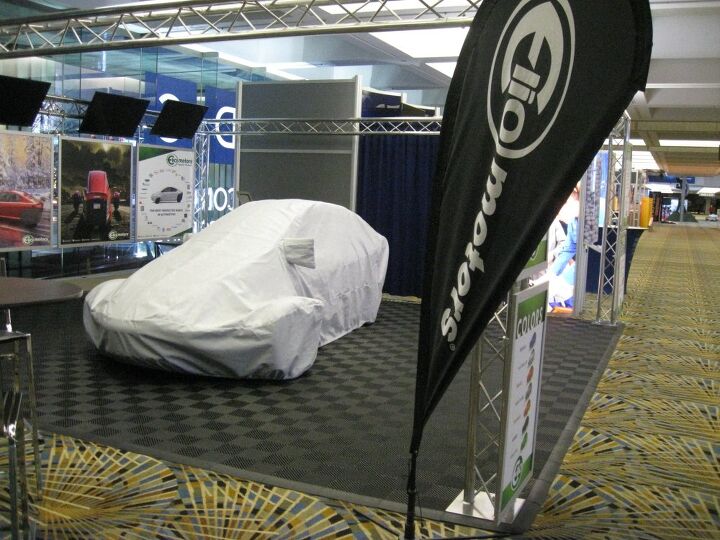
















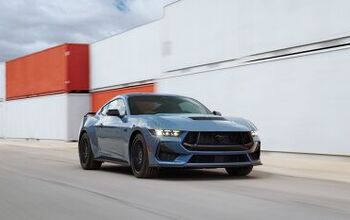
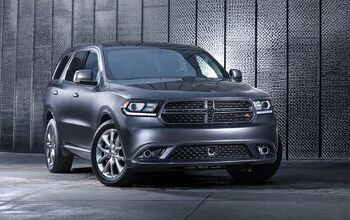

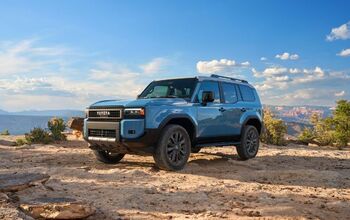
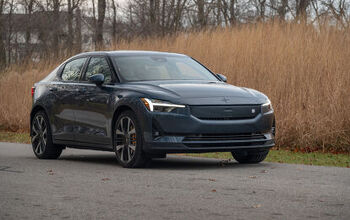
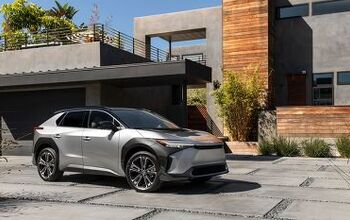
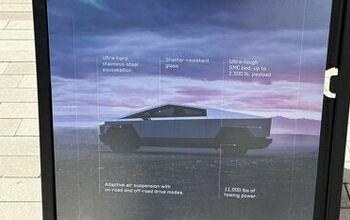
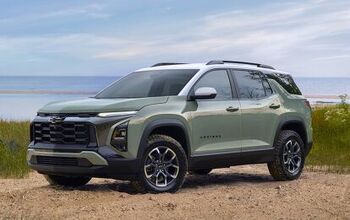
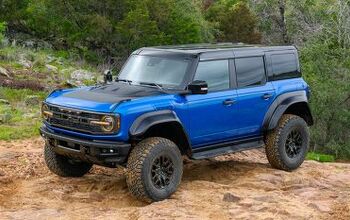
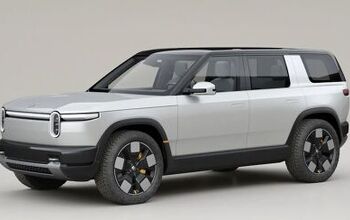
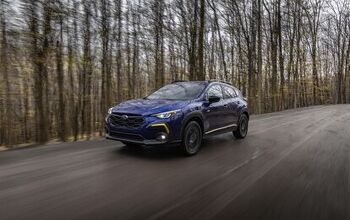
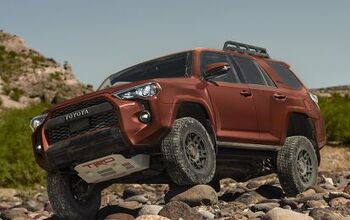
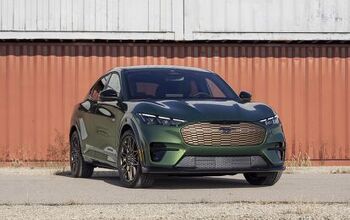
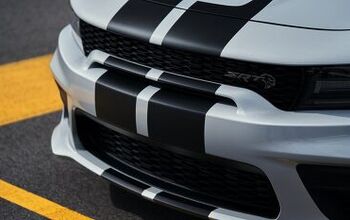
Comments
Join the conversation
see now the tandem seating makes sense i always thought it was stupid to have essentially the same width/side footprint as a car but only have motorcycle style seating...its purely to pass regulations, hopefully as someone up there said, the tata nano seems like a more reasonable choice even in the west or that $10k versa or kia rio or any of the super small stripped out sub compacts
Sure you can buy a used car for less than the targeted price of an Elio. But, it's still a used car, and it probably doesn't come with a 36 month warranty right out of the box, and definitely doesn't get the targeted MPG of an Elio, which means that the used car will soon cost you more than the Elio, and the used car just keeps getting older and more expensive to drive and maintain. Is it as crash safe as a 4 wheeled vehicle? Probably not, but as long as it is safe to drive, meaning it drives and handles well and doesn't start falling apart simply by driving it, then what does it matter whether or not it's as crash safe as a normal 4 wheeled vehicle? If you don't like the safety aspects of it, then don't buy one. But, if you get hit by one, the repair costs for your car/truck will be much less, that's for sure. And, the injuries you will receive from colliding with one will surely be less severe, or even non-existent. Oh, by the way, don't buy a motorcycle either, they are even less crash safe than an Elio. Whether it's ultimately classified as a car, or a motorcycle, or an autocycle, or something else, doesn't really matter to most folks. It gets you from point A to point B in the same time as a 4 wheeled car, keeps the weather out, beats the heck out of the MPG of any 4 wheel vehicle on the road, and costs the owner less than 4 wheeled vehicle owners are paying for fuel alone, are just some of the reasons that the Elio makes a whole lot of sense. Does it cause concern by existing automakers, new car dealers, used car dealers, motor cycle manufacturers and dealers, etc? Well, it certainly should! Is that a bad thing? No, absolutely not! Maybe they will start thinking in different directions, rather than the "get as much money from the buyer as you can" attitude they have now. Or the "who cares about poor people who can't afford our products" attitude. Or the "force them to buy all the options even if they don't want all of them" attitude. We can go on and on with this stuff! Government regulations should not make it illegal to sell the Elio, simply because it is technically neither a car/truck nor a motorcycle, by classification. The fact is, the Elio is just as viable a means of transportation for the motoring public as a car/truck or a motorcycle. It also helps reduce our oil/gasoline consumption, provides extremely economical mobility for a growing population of poor people, will help rid the roads of the 20-50+ year old, unreliable and frequently unsafe vehicles that many of those poorer people are currently forced to drive, etc., etc.. Maybe the Elio never becomes a reality, on the roads, but that should be for reasons other than the government killing it via big business/politically biased regulations. If Elio fails it should be of their own doing, not the government's.